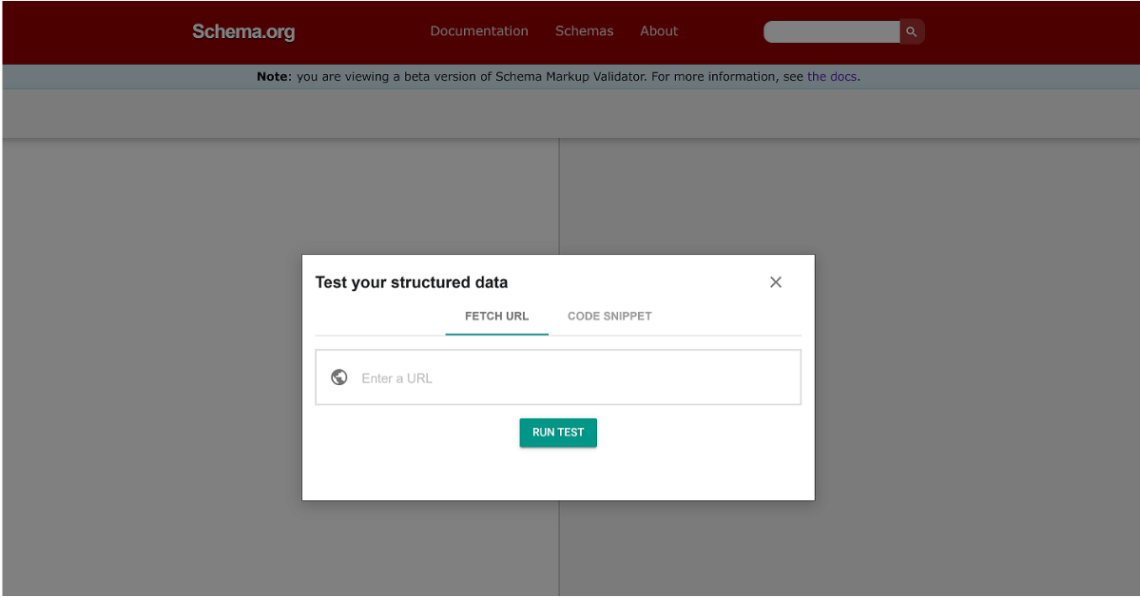If you have instructional content on your website that defines the steps to successfully complete a task, adding “HowTo” markup to that page allows you to explicitly convey to Google that your content is a how-to. This structured data markup improves your brand and website’s E-E-A-T as you are demonstrating to Google your expertise in this area through your how-to content. Additionally, having correct HowTo schema markup may make that content eligible for a rich result on Search and How-To Action for use with Google Assistant. (Note, this is different than Recipe markup, which is used for instructional content related to making food or drinks.)

By marking up your how-to instructions with HowTo structured data, not only will your content be eligible for enhanced Google features in search results but search engines will be able to better match your data to a user’s search query.
Required and Recommended Properties for HowTo Schema Markup
Google maintains documentation to explain exactly what is required for How-To markup. We’ve captured the required and recommended fields below. You must include the required properties for your content to be eligible for display as a rich result. Recommended properties add more information to your structured data, which could provide a better user experience.
HowTo
| Schema Property | Priority | Mapping Notes |
| name | Required | Text: The title of the how-to. For example, “How to tie a tie”. |
| step | Required | HowToStep |
| description | Recommended | Text: A description of the how-to. |
| estimatedCost | Recommended | Text: The estimated cost of supplies when performing instructions. |
| image | Recommended | URL: Image of the completed how-to. |
| supply | Recommended | Text: A supply consumed when performing instructions or directions. |
| tool | Recommended | Text: A tool used when performing instructions or directions. |
| totalTime | Recommended | The total time required to perform all instructions or directions (including time to prepare the supplies), in ISO 8601 duration format. |
| video | Recommended | VideoObject |
HowToStep
| Schema Property | Priority | Mapping Notes |
| itemListElement | Required* | HowToDirection |
| text | Required* | Text: The full instruction text of this step. |
| image | Recommended | URL: An image for the step. |
| name | Recommended | Text: The word or short phrase summarizing the step. |
| url | Recommended | URL: A URL that directly links to the step (if one is available). For example, an anchor link fragment. |
| video | Recommended | VideoObject |
HowToDirection
| Schema Property | Priority | Mapping Notes |
| Text | Required | Text: The text of the direction. |
For the most current guidelines on required and recommended fields, reference the Google Developers Reference Guide.
How to Create HowTo Schema Markup
To help you get started, we put together the fundamental steps for creating HowTo schema markup:
Step One: Add the required properties for HowTo Schema Markup
Add the required schema.org properties for HowTo Schema Markup using our reference above. We recommend our own tools, the Schema App Editor and Schema App Highlighter, but there are many different options out there.
Step Two: Review your HowTo Schema Markup to ensure it follows Google’s Structured Data Guidelines
Check that your markup follows Google’s structured data guidelines
Step Three: Deploy your HowTo Schema Markup to the relevant pages
Deploy your markup. Google recommends using JSON-LD, which is also our favourite format for deployment!
Step Four: Validate your page to make sure the Schema Markup is working
Test that your schema markup is working using Google’s Rich Results Testing Tool and the Schema Markup Validator, which has officially replaced Google’s Structured Data Testing Tool. Read more about this change in our news post here.
This short video demonstrates the basics of creating HowTo schema markup using the Schema App Editor.
Learn how to create HowTo schema markup using Schema App with our how-to tutorial here.
Testing Your HowTo Schema Markup
Schema Markup Validator
The Schema Markup Validator (SMV) was modeled after and has officially replaced Google’s Structured Data Testing Tool (SDTT). Many SEOs still prefer the SDTT, as the SMV only validates your schema.org syntax and does not show your eligibility for rich results.

Rich Results Testing Tool
Google’s Rich Results Testing Tool helps you to see which rich results can be generated by the structured data it contains.

Frequently Asked Questions about HowTo Schema Markup
What is HowTo schema markup?
HowTo schema markup is code you can add to the backend of your website, explaining to search engines what your content is and what information you would like displayed in search results. When HowTo content on your website is properly marked up with structured data, you will be eligible for Google search enhancements like rich results, helping your content to engage with users before they even enter your website.
When should you use HowTo schema markup?
You should only mark up content that is visible on your web pages. If you have how-to content, or see an opportunity to add this content to your website, marking it up with HowTo structured data will make that content eligible for Google search enhancements like rich results. Additionally, you will be improving your E-E-A-T by demonstrating to Google your expertise in that subject matter.
Do you see opportunities for how-to content on your website? Structured data not only enhances your existing content, but SEO experts use rich result opportunities to actually inform their content strategy. If you’re looking for a way to stand out in search results and take control of what information is being shown about your brand and website, get in touch! We’d love to help.
Set up a strategy call with our technical experts today.

